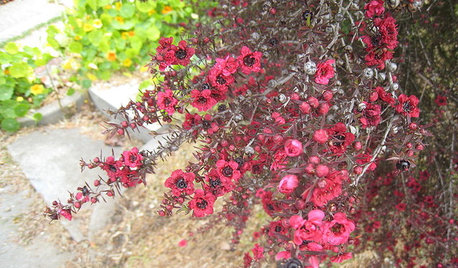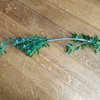Where to buy MATURE plants/trees?
pinkthumbita
15 years ago
Featured Answer
Comments (11)
duluthinbloomz4
15 years agobullthistle
15 years agoRelated Professionals
Canton Landscape Architects & Landscape Designers · New Bedford Landscape Architects & Landscape Designers · Clark Landscape Architects & Landscape Designers · Garden City Landscape Architects & Landscape Designers · Waterbury Landscape Contractors · Matthews Landscape Contractors · Hawaii Landscape Contractors · La Verne Landscape Contractors · Lynchburg Landscape Contractors · Petaluma Landscape Contractors · Pleasant Prairie Landscape Contractors · Rockwall Landscape Contractors · Teaneck Landscape Contractors · The Villages Landscape Contractors · Twin Falls Landscape Contractorsdirtdiver
15 years agorhizo_1 (North AL) zone 7
15 years agomxk3 z5b_MI
15 years agoFledgeling_
15 years agomxk3 z5b_MI
15 years agorusty_blackhaw
15 years agoduluthinbloomz4
15 years agorhizo_1 (North AL) zone 7
15 years ago
Related Stories

GARDENING GUIDESHow to Keep Your Trees Healthy
Ensure your trees’ vigor for years to come with these tips for protecting roots, watering effectively and more
Full Story
TREESHow to Buy Healthy Trees and Shrubs
A healthy young plant with a strong form is more likely to do well in your yard. Here’s what to look for at the nursery
Full Story
GARDENING GUIDESMake Sure You Read This Before Buying New Plants
Follow these 10 plant-selection tips to avoid buyer’s remorse
Full Story
GARDENING GUIDES10 Top California Native Plants, Trees and Grasses
Enjoy a fuss-free, water-wise garden in the Golden State by growing plants naturally in tune with the climate and wildlife
Full Story
GARDENING GUIDESGrow Your Own Privacy: How to Screen With Plants and Trees
Use living walls to lower your home and garden's exposure while boosting natural beauty in your landscape
Full Story
GARDENING AND LANDSCAPINGGreat Design Plant: Tree Aloe
Plant this Dr. Seuss-like evergreen for an added character in your garden
Full Story
GARDENING GUIDESGreat Design Plant: New Zealand Tea Tree
Balance pretty polish and ruggedness in a temperate garden with this low-maintenance and drought-tolerant flowering shrub
Full Story
GARDENING GUIDESGreat Design Tree: Australian Tea Tree
A living sculpture with an unmistakable appearance, this coastal native creates an intriguing landscape scene
Full Story
GARDENING GUIDESPlant Black Cherry Trees for the Birds and Bees
Plant Prunus serotina in the Central and Eastern U.S. for spring flowers, interesting bark and beautiful fall color
Full Story
GARDENING GUIDESPrunus Virginiana Thrives Under Deciduous Trees
Plant chokecherry for showy white flowers favored by native bees in spring, and to provide nesting habitat and food for birds
Full StoryMore Discussions









gardengal48 (PNW Z8/9)